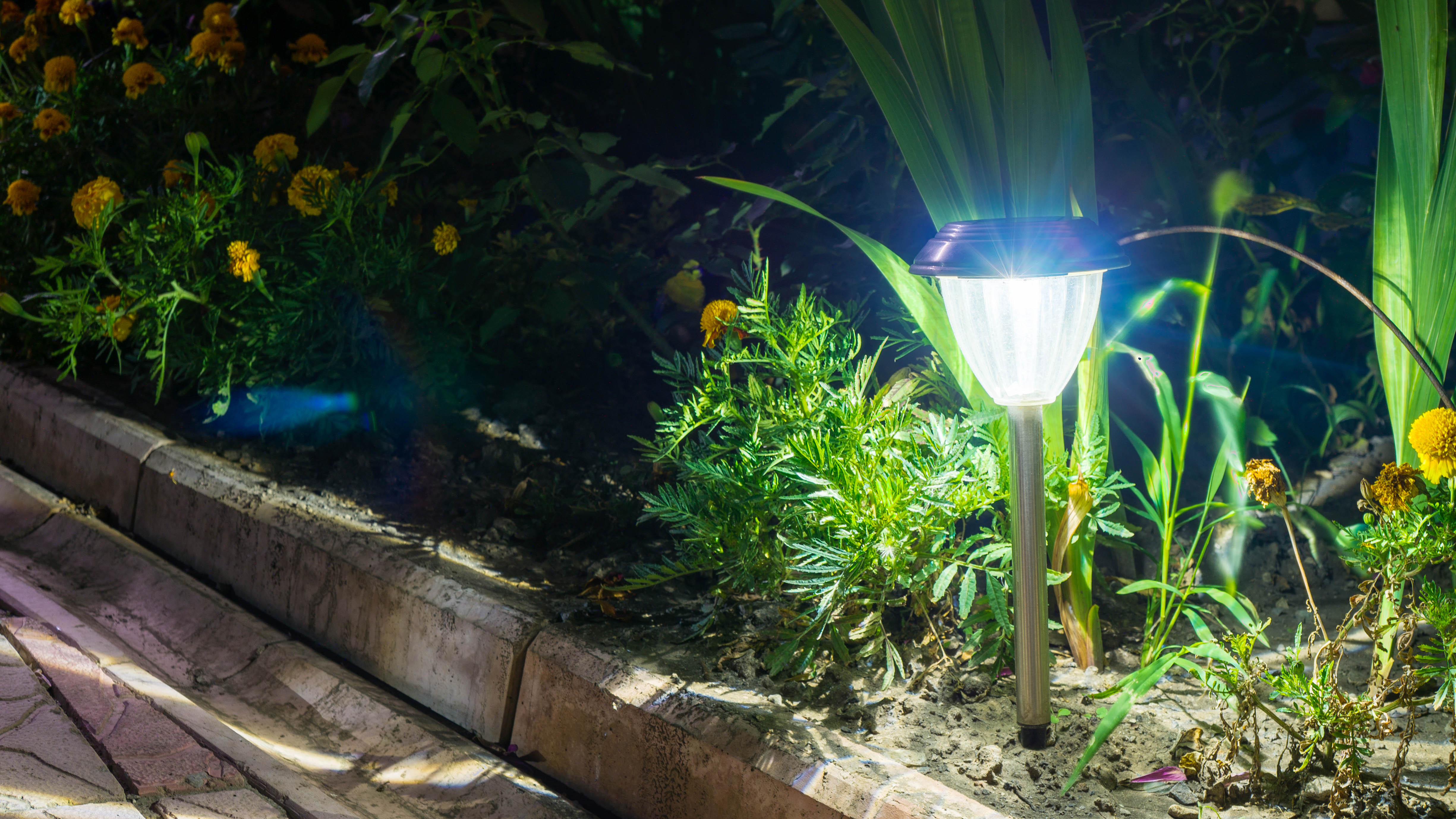
The best solar lights are a great way to illuminate your backyard, porch or patio once it gets dark. Not only do they provide sufficient brightness at night but can add a stylish, decorative touch to your home.
But if they don’t automatically turn on like they used to, you’re probably wondering why your solar lights are not working. There could be a number of reasons for this — besides not being summertime! Luckily, all it takes are a few maintenance checks, quick-fixes or re-adjustments to bring your brightness back.
So before you ditch them altogether, first check out these reasons why your solar lights are not working — and top tips.
1. Not enough direct sunlight
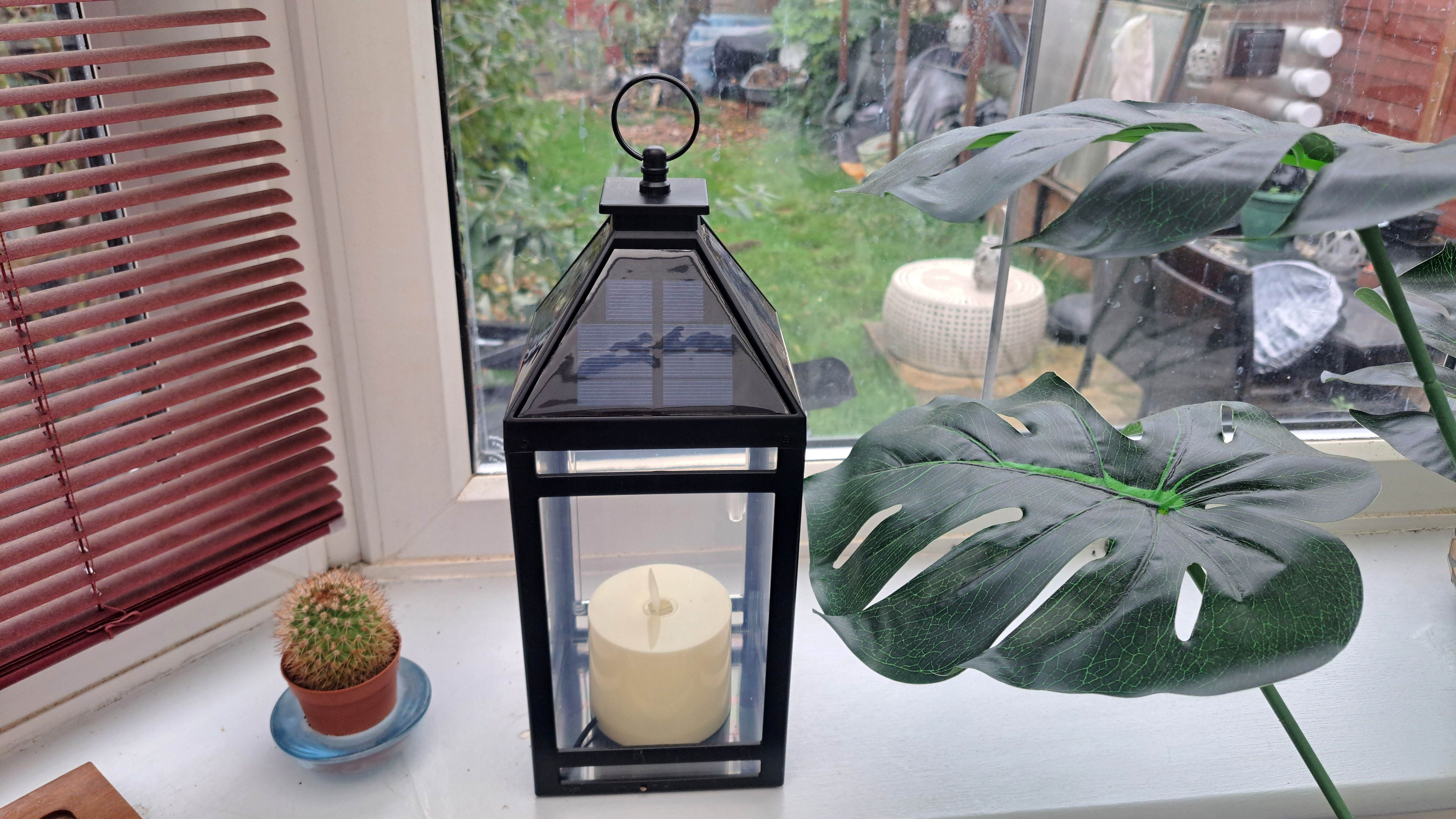
This might seem like a no-brainer, considering solar lights depend on sunlight. However, the cells might not be getting enough light during the day to store and charge up into energy. In addition, if they’re located under shady trees or behind buildings, this could reduce their efficiency.
Experts recommend relocating your solar lights to an area that gets more sunlight, ideally pointing towards the South. Generally, this is where solar panels can receive the most sunlight, but only if you live in the Northern hemisphere. This is because the sun is mostly present in the southern part of the sky.
Alternatively, you could try these clever tips on how to charge solar lights without sun. A top tip is to simply bring them indoors during the day and leave by a window. Surprisingly, LED solar lights can charge through glass, as the photovoltaic cells are sensitive enough to get the right light wavelengths.
2. Dirty solar panels
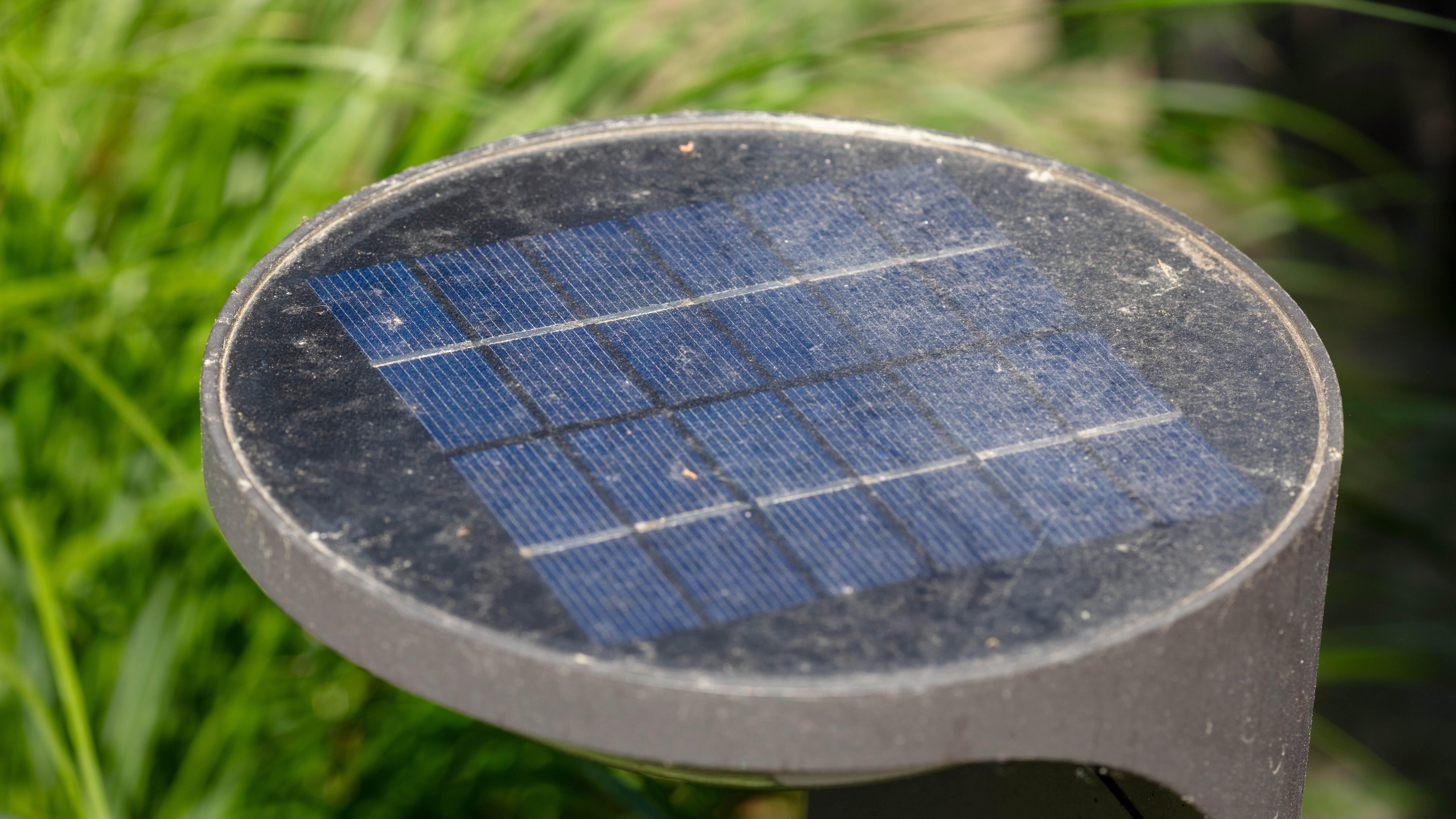
Another common reason for your solar lights not working are dirty solar panels. Since solar lights are designed for outdoor use, these are prone to dirt, dust and plant debris over time. This will block the amount of light it gets to reach the inner solar cells. Especially during winter months, when we get limited light and harsh weather.
You’ll need to regularly clean solar lights to remove grime and maintain light output. Simply brush away at any loose debris, before wiping the surface with a damp, microfiber cloth. You can also use a little dish soap, but remember to rinse away thoroughly to avoid streaks on the surface. It's recommended to clean your solar lights every 2-3 months for optimum performance. However, this depends on your location, climate and how often your lights get dirty.
3. Shaded areas or shadows
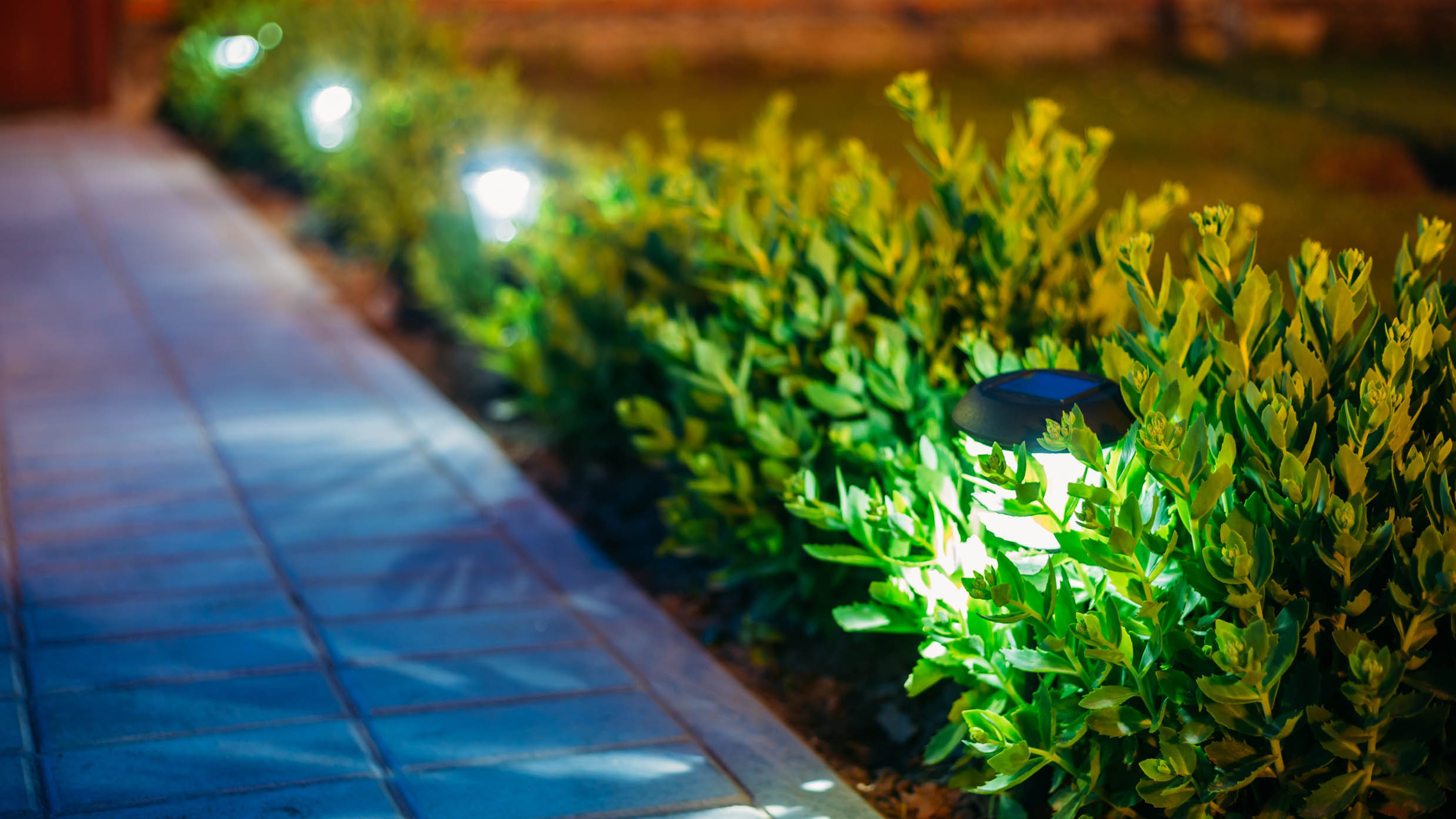
If you want to use solar lights to illuminate your beautiful landscaping, be sure to keep these spaces well maintained. Overgrown trees, foliage or flowerbeds can all shade/cover the solar light panels — reducing the light output. Always cut back branches that are overhanging, use the best pruning shears for foliage or plants, and keep flowerbeds at a low level.
When placing multiple solar lights around your yard, make sure they are adequately spaced and not clustered together. Proper spacing will avoid shading each other, and helps each light receive enough sunlight. If possible, experts recommend tilting your solar panels between 30 and 50 degrees. This angle ensures that your solar panels should receive adequate sunlight even during winter months.
4. Batteries need replacing
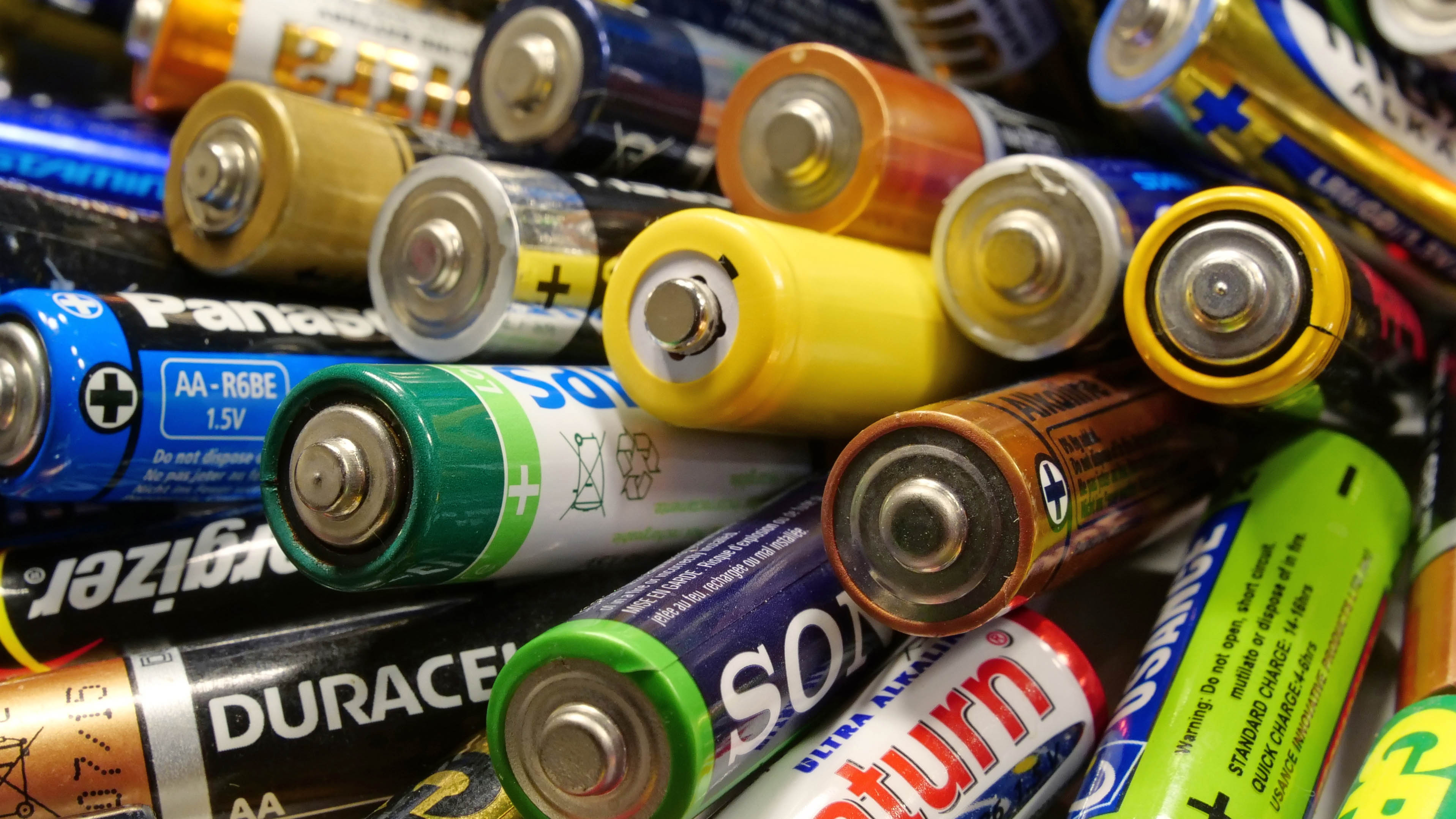
We don’t often consider our batteries, but even these can get depleted over time. This means that your solar light would have no electricity to draw on once it becomes dark, and simply won’t turn on. Generally, the batteries attached to solar lights only have a lifespan of around two years before it starts to break down.
To replace your batteries, simply open up the battery slot on your solar light, using a screwdriver. Make sure you buy the same size and capacity battery that is suitable for your solar lights. Also, check the solar lights guidance if you can use rechargeable batteries. Once old batteries are replaced, this should make a big difference to your light output and efficiency.
5. Adjust timer settings
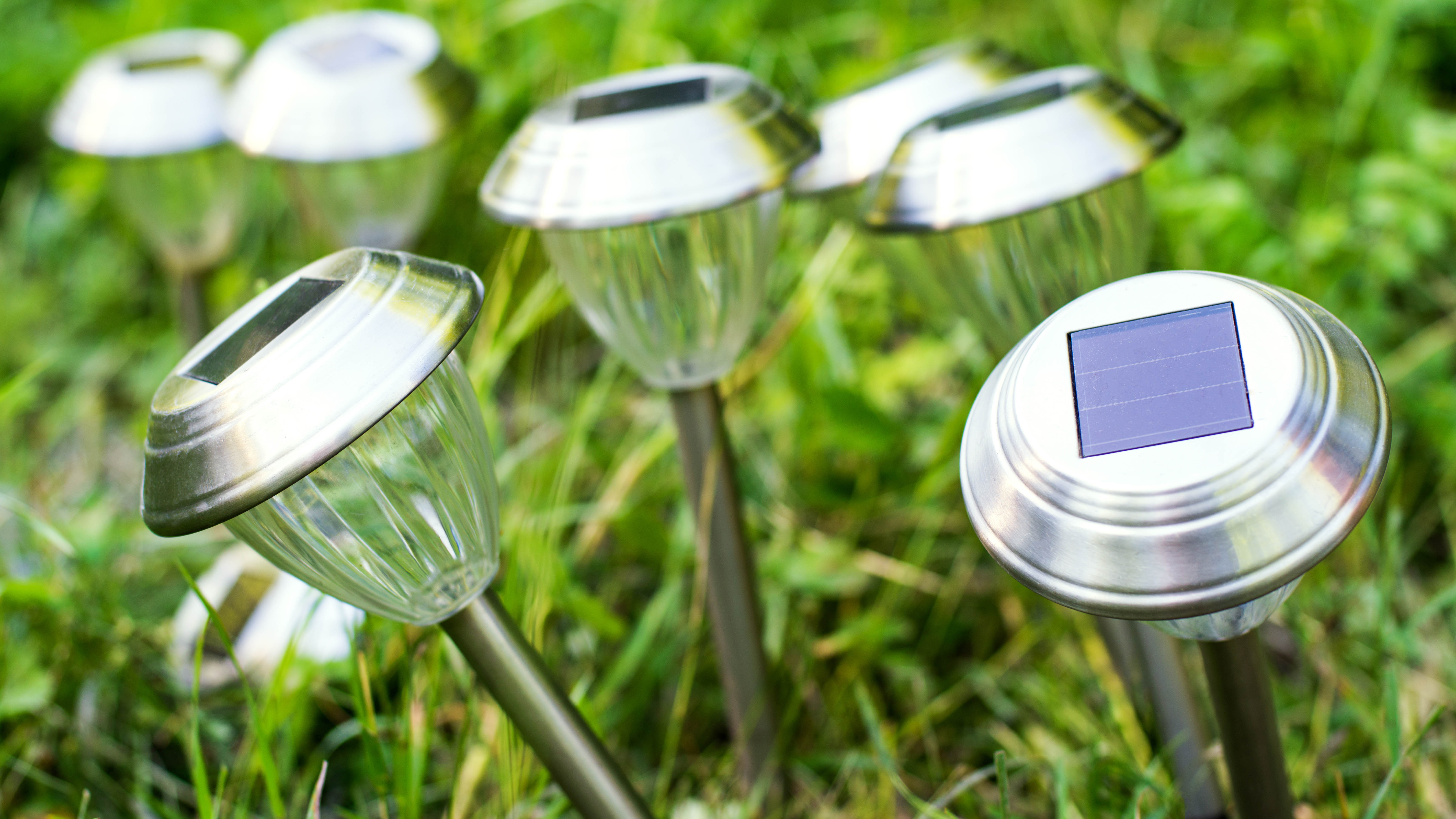
Another reason why your solar lights are not working could be active timer settings that you’re unaware of.
Some solar lights come with a built-in timer that will automatically turn off your lights after set hours — usually between two and six hours. Additionally, some smart or motion lights have multiple modes, where you can change auto timings and color variations.
However, if these settings are not properly configured (or you didn’t even know about them), it might seem like your solar lights are broken. It’s best to always check the guidance for your timer settings and adjust them correctly to suit your needs.







